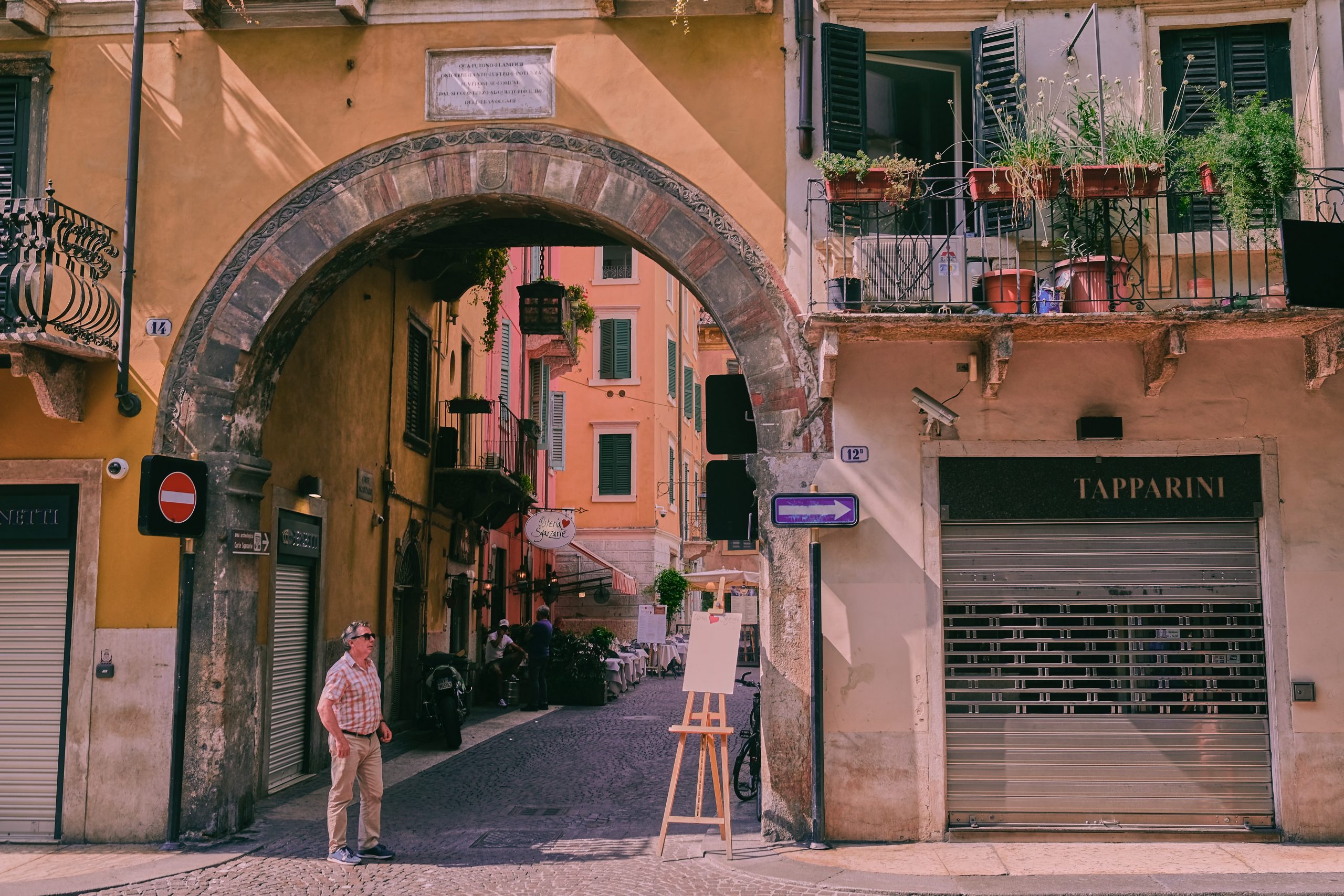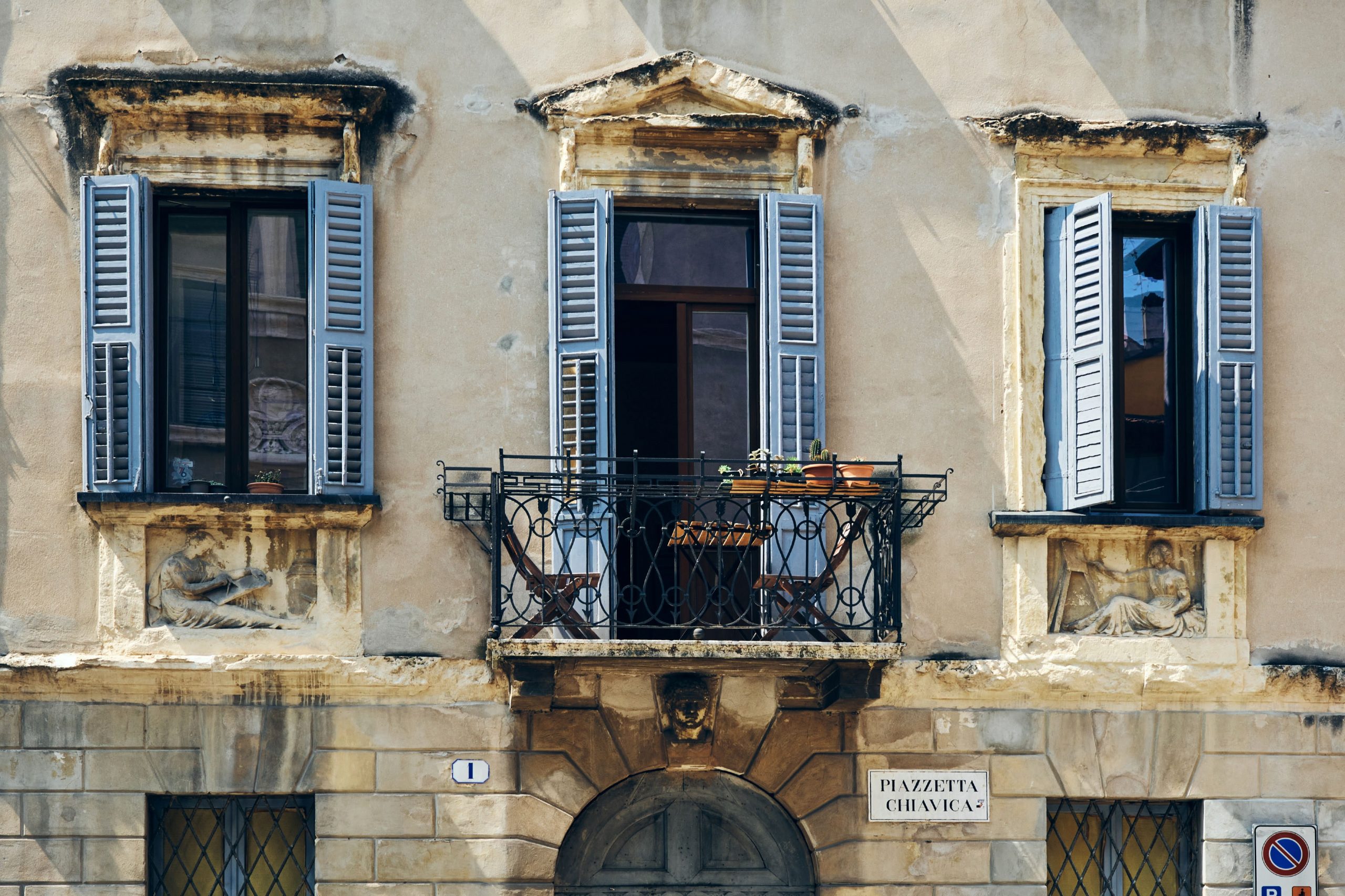
by Serena | Dec 19, 2023 | Italian grammar, advanced
Italians are quite wordy and love stringing together long sentences. To put them together they use conjugations (or connectors) A conjunction in Italian is a small word that joins information together within a sentence. I am sure you have already...

by Serena | Dec 11, 2023 | Italian grammar, advanced
What’s a double pronoun in Italian? In Italian, a double pronoun refers to the use of both a direct and an indirect object pronoun together in the same sentence, typically placed before the verb. This often results in combinations like me lo, te lo, ce...

by Serena | Dec 24, 2023 | Italian grammar, advanced, intermediate
What are CI and NE in Italian? CI and NE are essential Italian particles (particelle pronominali) that native speakers use frequently to make their speech more concise and natural. CI generally means: there/here (indicating location) about it/on it...

by Serena | Dec 6, 2023 | Italian grammar, advanced
What is the Imperfect Subjunctive (Congiuntivo Imperfetto)? The imperfect subjunctive (congiuntivo imperfetto) is one of the four subjunctive tenses (present, past, imperfect and pluperfect) in Italian. It is used to express doubt, desire, emotion, opinion, or...

by Serena | Dec 13, 2023 | Italian grammar, advanced
What is the Past Conditional in Italian? In Italian, the Past Conditional (Condizionale Passato or Condizionale Composto) expresses what would have happened in the past but didn’t: it shows regret, missed opportunities, or unreal past...

by Serena | Aug 7, 2025 | advanced, beginner Italian, Italian grammar
The futuro nel passato is used when you want to talk about something that was in the future… from a past point of view. Sounds confusing? Let’s break it down. The Basic Idea In the present, you say: Domani andrò al mare.(Tomorrow I’ll go to the beach.)...







